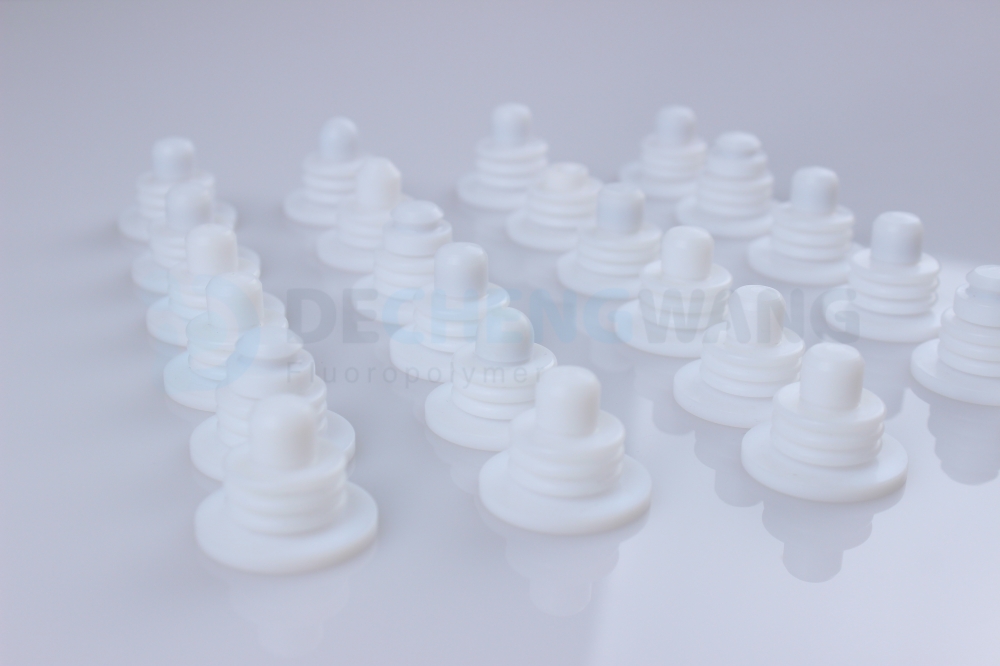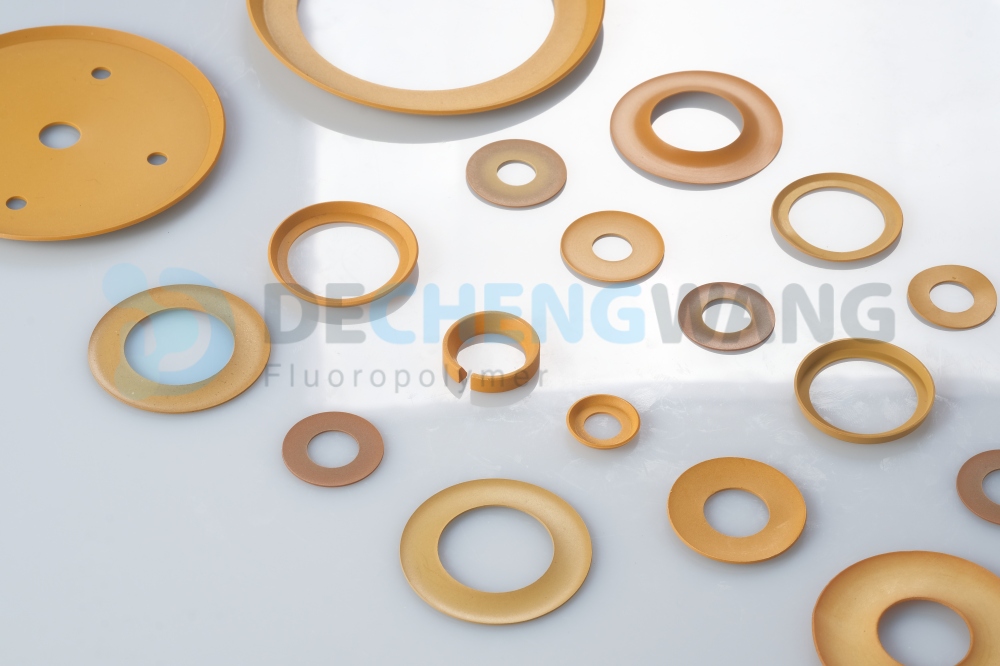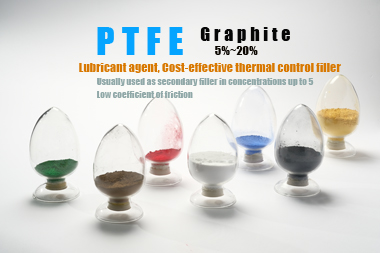
Applications: PTFE Bellows seals for valves
Bellows Mechanical Seal are a type of mechanical seal where the spring element is a bellows. They are a critical component in preventing fluid or gas
Home » What is PCTFE – Everything You Need to Know About It
PCTFE, an acronym for Polytrifluorochloroethylene is among the earliest synthesized and commercialized fluoropolymers. Its discovery was made in 1934 by Fritz Schloffer and Otto Scherer who was a staff at IG Farben. But it was later commercialized by M.K Kellogg in the early 1950s under the trade name, Kel-F 81.
Due to its outstanding properties, it has remained in use over time despite the discovery of other fluoroplastics. Items made from PCTFE plastic have played important roles in some high-tech industries, such as the medical, chemical, aerospace, and electrical fields.
As a professional PCTFE manufacturer, in this post, we will be sharing with you everything you need to know about the PCTFE material, starting from what it is, its chemical structure, manufacturing process, properties, and applications.
PCTFE is a thermoplastic chlorofluoropolymer with the molecular formula, (CF2CCIF)n, where:
n = the number of monomer units in the plastic molecule.
This chemical structure is made by the free-radical polymerization of chlorotrifluoroethylene (CTFE) and can be prepared by solution, suspension, bulk, and emulsion polymerization.
With exceptional stiffness, strength, and dimensional stability, PCTFE is similar to Polytetrafluoroethylene (PTFE), except that it has a different chemical structure. Instead of Fluorine which is used in PTFE, Chlorine is introduced in PCTFE, leading to a massive change in the plastic’s properties and applications. Chlorine has a bigger atom, which breaks the structural regularity and leads to a decrease in the crystallinity of the plastic chains.
PCTFE’s reduced crystallinity and structural regularity result in a lower melting point and makes it available as a transparent product in films and thin sheets. Asides from this, the intermolecular forces also increase, making PCTFE a strong and hard plastic. And it has a wide range of temperatures, which makes it capable of withstanding harsh conditions, including cold flow and high thermal frequencies.
By altering the cooling process in the melting operation, the crystallinity of the PCTFE can be changed. This is done to make the polymer have more properties and be useful for a wide variety of applications. When the PCTFE has high crystals, it is dense with great mechanical properties and elongation. In contrast, PCTFE becomes lighter, clearer, and more elastic when quenched. And this is frequently used in cryogenic engineering applications for handling liquid oxygen and nitrogen.
PCTFE is produced through conventional plastic manufacturing processes, such as injection molding, extrusion molding, and compression molding. But its production is not as simple as other polymers and this is because of the following reasons:
As earlier mentioned, PCTFE properties are enormous and unique from other polymers. They include:
PCTFE is used across many industries for different purposes, which are highlighted below.
PCTFE is widely recognized as one of the best polymers that can be used across several industries for multiple applications. It’s a unique plastic with outstanding properties, such as extreme strength, resistance to chemical, and water repulsion, which makes it highly functional in cases where other plastics falter.
Despite the increasing rise of PCTFE manufacturers on the market, Dechengwang has stood out as the most professional, experienced, and reliable company that’s capable of meeting all PCTFE material needs. Feel free to make a contact for the best services.

Bellows Mechanical Seal are a type of mechanical seal where the spring element is a bellows. They are a critical component in preventing fluid or gas

In the world of engineering and manufacturing, where precision and efficiency are paramount, the role of wear resistance plastic has evolved far beyond their conventional image.

PTFE is a versatile polymer with outstanding properties like chemical resistance, low friction coefficient (self-lubricating), non-stick nature, and excellent electrical insulation. However, it also has some